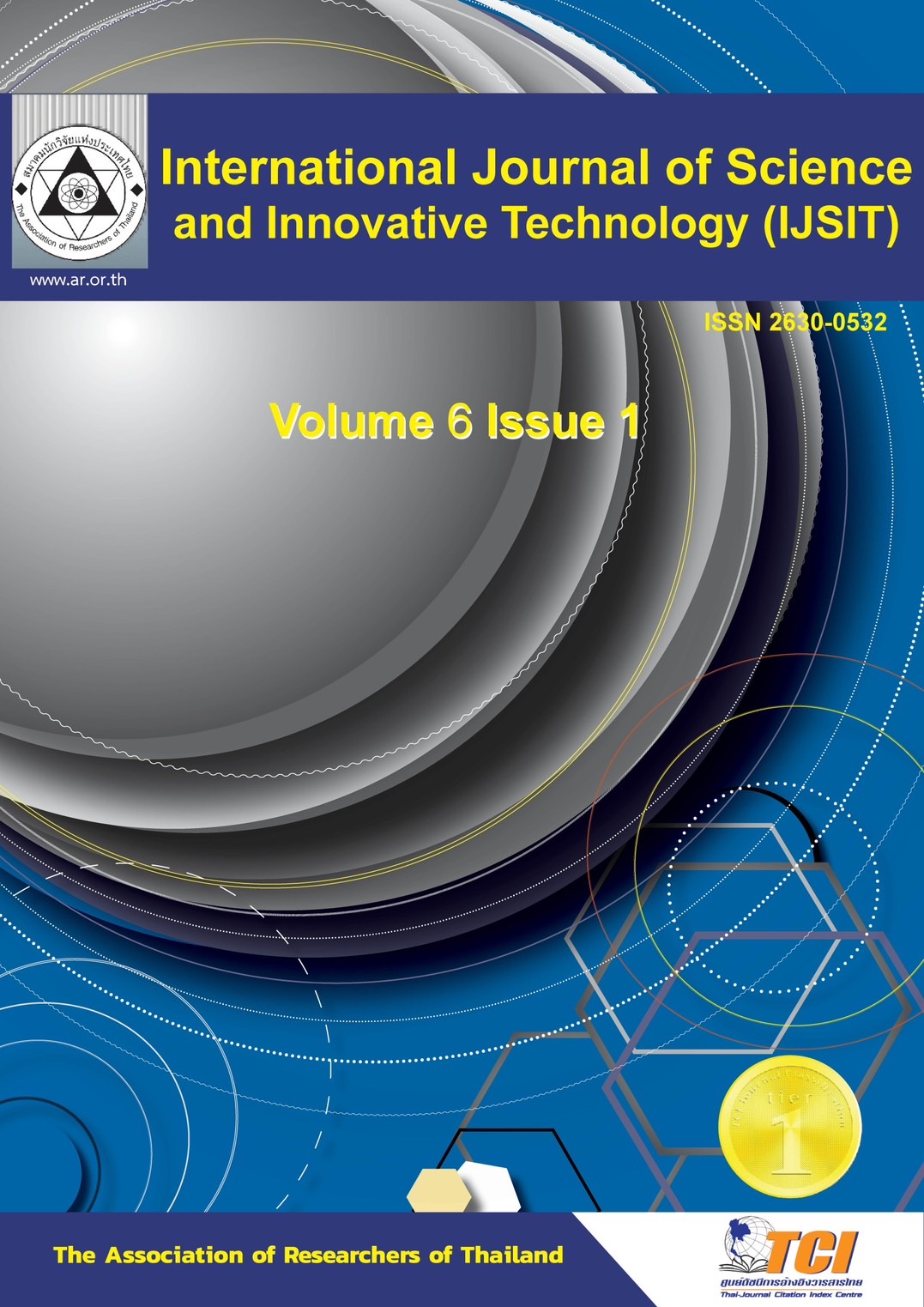Innovation of the Planning for the Factors Relating to the Cost of Electricity Capacity on Surin Province, Thailand: A Sectoral Approach
Main Article Content
Abstract
This study aims to analyse the cost of electricity capacity in five districts of Surin Province under the control of PEA Surin Province, based on seven electricity user sectors, to create guidelines for the long-term administration planning of electricity capacity in 2026. Seven electricity user sectors are explored: residential, small size business, medium size business, industrial, specific business, agricultural, and other sectors, based on total forecasted electricity consumption, including loss for each of the seven electricity user sectors and the income statement of the PEA Surin Province for the year ending 31 December 2021. The average electricity sales price per kWh for the seven electricity user sectors is obtained using the joint cost allocation, calculated according to the relative sales value and cost behaviour analysis concept, using the average variable cost, breakeven point (BEP) analysis, comparison between total forecasted electricity consumption and electricity capacity, and sensitivity analysis, respectively. The results of this study indicate that the PEA Surin Province should formulate three suitable guidelines for the administration planning of electricity capacity. Firstly, the amount of fixed costs (FCs) in each type should reflect the change in total fixed cost (TFC) in all seven electricity user sectors. Similarly, the administration planning of electricity capacity for the AVC should involve an increase in variable costs (VCs) in each type for all seven electricity user sectors. According to the guidelines for the administration planning of electricity capacity in terms of average electricity sales price (P), the rate charged for all seven electricity user sectors should decrease. The implementation of these three guidelines for the administration planning of electricity capacity will result in the PEA Surin Province having sufficient and enough electricity capacity, including management and administration in organisation of PEA Surin Province to suitable point support the increase in total electricity consumption of each of seven electricity user sectors in 2026 for the five districts of Surin Province.
Article Details

This work is licensed under a Creative Commons Attribution-NonCommercial-NoDerivatives 4.0 International License.
References
Attavanich, W. (2014). Energy Economics. Bangkok: Danex Intercorporation Ltd.
Walther, L. M. and Skousen, C. J. (2009). Managerial and Cost Accounting. Retrieved 24 May 2022 from https://library.ku.ac.ke/wpcontent/downloads/2011/08/Bookboon/Accounting/managerial-and-cost-accounting.pdf, January 18, 2017.
General Accounting Section, PEA, Surin Province. (2022). Average Electricity Sales Price Per kWh of Seven Electricity User Sectors of PEA. Surin: Provincial Electricity Authority, Surin Province (Mimeographed).
General Accounting Section, PEA, Surin Province. (2022). income statement of the PEA Surin Province for the year ending 31 December 2021. Surin: Provincial Electricity Authority, Surin Province (Mimeographed).
Salvatore, D. (2012). Managerial Economics: Principles and Worldwide Applications. 7th ed. New York: Oxford University Press, Inc.
Panpon, P. (2016). Principles of Microeconomics. 8th ed. Bangkok: Asia Digital Press Co., Ltd.
Periasamy, P. (2010). A Textbook of Financial Cost and Management Accounting. Rev ed. Mumbai: Himalaya Publishing House.
General Accounting Section, PEA, Surin Province. (2022). Cost of Electricity Capacity (Cost of electricity distribution) of PEA, Surin Province. Surin: Provincial Electricity Authority, Surin Province (Mimeographed).
Kumjinda, S. (2020). Electricity Demand and Cost of Production under the Responsibility of the Provincial Electricity Authority: A Sectoral Approach. Doctor of Philosophy Thesis in Economics, Kasetsart University.
Kidroub, P. & Kumjinda, S. (2022). Innovative Administration Planning for Electricity Consumption in Five Districts of Surin Province, Thailand, Based on Seven Electricity User Sectors. International Journal of Science and Innovative Technology, 5(2): 1-12.


